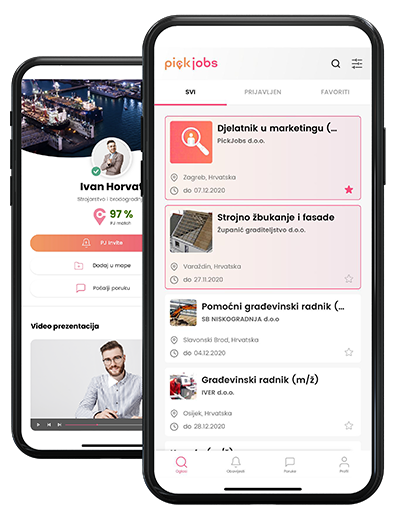You work four days, relax for three days and spend time with your family – and all this with an unchanged salary. That probably sounds very tempting to most employees, like a good work week. Proponents hope not only for greater employee satisfaction, but also for greater productivity.
Two variations
There are two variations of the four-day work week: one is the compressed work week, which means that the employee works 10 hours a day, 4 days a week, and the other form is the shortened work week, in which 4 work days are worked for 8 hours each work day. In both of these examples, the main idea is to have 3 days completely free, which creates a better balance between work and private life. However, there are quite different opinions on whether the four-day work week really brings the desired results for employees and employers - reports Špica.hr.
Advantages of a compressed four-day work week
A compressed work week allows employees to work full time (40 hours per week) but on fewer days. The most common type of compressed schedule is the four-day work week, in which employees work 10 hours a day, four days a week. This allows employees to work longer hours on certain working days and thus complete a sufficient number of working hours for an additional day off. The main advantages of this way of working are: an additional free day in the week, full salary and benefits, less time lost due to traveling to work, and thus lower costs.
Advantages of a shortened four-day work week
Another variant of the four-day working week is that the employee has 4 working days and 3 days off in the week, without the need to work longer during working days. This means more free time and less work, but it can also mean lower wages and benefits. The main advantages of this type of working time model are: better balance between private and business life, less stress due to work, higher productivity and better employee engagement, greater creativity, higher level of job satisfaction...
Improving the welfare of workers
The basic argument for the introduction of a four-day work week is to increase the worker's free time, as well as to improve his general physical and mental health. As the model testing in Iceland showed, workers are happier and more productive at work, and they mostly used the extra day off for socializing and physical activity.
Redistribution of work tasks
For the success of the four-day work week, it is necessary to carry out a very good redistribution of work tasks so that all tasks are completed on time, but make sure that the worker does not experience additional stress that will cause him to burn out at work. Whether the solution is to increase the number of employees, change responsibilities or something else, is a question that each company answers for itself.
Many shorten in Iceland
Iceland tested a similar scheme between 2015 and 2019 - but at the same time reduced working hours from 40 to 35 or 36 hours for the same pay. 2,500 workers participated in the testing phase.
The result of the study: the feeling of satisfaction among employees increased, work processes were optimized, there was a greater rapprochement with colleagues in the team who worked together. Productivity mostly remained the same or even increased, reports Deutsche Welle. In Iceland, the experiences were positive: both employers and employees were satisfied. After the end of this test phase, trade unions and employers' associations negotiated a permanent reduction in working hours. About 86 percent of employees are now entitled to a four-day work week.
An expensive experiment in Scotland and Wales
Scotland is also currently trialling a four-day working week. Companies participating in the test phase are supported by the state with around 10 million pounds. The introduction is also being discussed in Wales. Commissioner for Future Generations Sophie Howe requests that it be introduced at least for employees in the civil service - reports Deutsche Welle.
In Sweden, on the other hand, mixed experiences
In Sweden, a four-day working week with full pay was tested in 2015 – but in the end no clear position was reached. Even the Swedish left considered the implementation too expensive. However, some companies stuck to the idea of reduced working hours. So, for example, Toyota shortened the shifts for mechanics ten years ago and has been sticking to it ever since.
Spain is planning a test phase
In Spain, at the request of the left-wing party Más País, a four-day working week will be tried. About 6,000 employees from 200 small and medium-sized companies could extend the weekend by one day - with full pay. The trial phase should last at least one year. It is still not clear when the experiment will start.
From start-ups to mega corporations
In Germany, smaller start-ups are primarily experimenting with a shorter working week. In other countries, such as Japan, this idea is introduced in some large corporations. And Microsoft introduced the extended weekend as a trial measure for a month. In New Zealand, the large food manufacturing concern Unilever is currently testing a four-day work week with the same wages of approximately Mr one day. If the model proves successful there, this concern, which also operates abroad, intends to expand it to other countries as well.

 Croatia
Croatia Bosnia and Herzegovina
Bosnia and Herzegovina Serbia
Serbia Crna Gora
Crna Gora North Macedonia
North Macedonia Ukraine
Ukraine Albania
Albania Kosovo
Kosovo Austria
Austria Deutschland
Deutschland Switzerland
Switzerland









